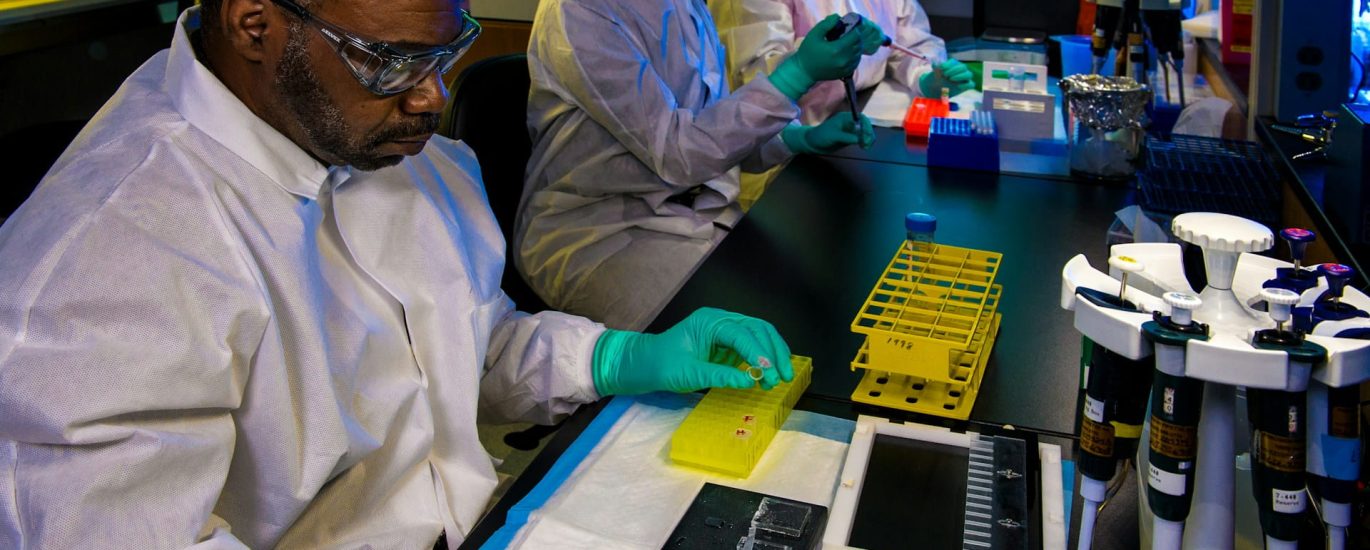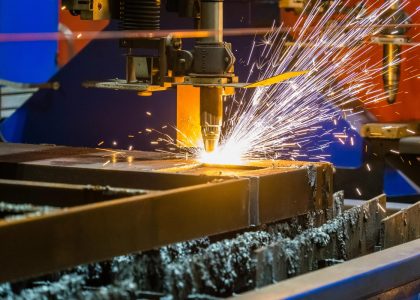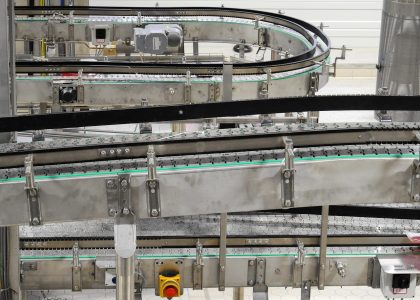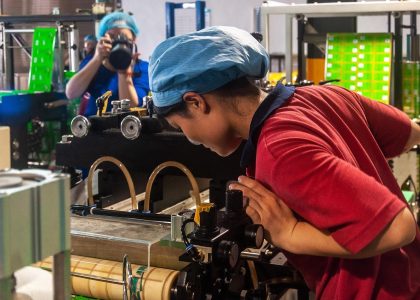Medical devices. Tiny things, sometimes barely noticeable, but they can change lives. And behind them? Engineers. Not just any engineers—medical engineering companies. They’re the ones turning ideas scribbled on paper into devices that actually work inside people’s bodies. Sometimes it’s obvious, sometimes invisible, but their impact is huge.
From Concept to Prototype
Every device starts somewhere. A sketch. A rough plan. That’s where medical engineering companies step in. They take something vague and make it tangible. 3D printers hum. CAD files come alive. Prototypes appear. Some work on the first try, most don’t. But without this process, ideas stay on paper, gathering dust.
Precision Matters
In medicine, millimetres count. Sometimes less. A valve, a stent, a surgical tool—if it’s off by the tiniest fraction, it can fail. Medical engineering companies focus on precision. They test. They retest. They make adjustments nobody else notices until it matters most.
Material Innovation
It’s not just shape. It’s what it’s made of. Biocompatible plastics, titanium alloys, new polymers—materials that don’t react badly inside the human body. Engineers experiment. Fail. Try again. Every new material explored could mean a safer, longer-lasting device. And sometimes, a breakthrough comes from a tiny accident in the lab.
Collaboration Across Fields
No company works alone. Designers, surgeons, chemists, technicians—they all mix ideas. Some medical engineering companies even borrow ideas from aviation or automotive tech. A stiffer joint here. A lighter weight there. Knowledge jumps across industries in ways you wouldn’t expect.
Regulations and Testing
You can’t just build a device and ship it. Safety standards. Regulatory approvals. Endless testing. Engineers navigate the maze. They simulate, they stress-test, they document every tiny outcome. It’s tedious, frustrating, sometimes slow—but it saves lives.
Key consideration for medical engineering companies isn’t flashy. You don’t see their work in headlines. But every time a device helps someone breathe easier, walk further, or recover faster, their hand is there, hidden but essential. Without them, innovation stalls, prototypes fail, and lives are affected. These companies quietly, stubbornly, meticulously push the boundaries of what medical devices can do






